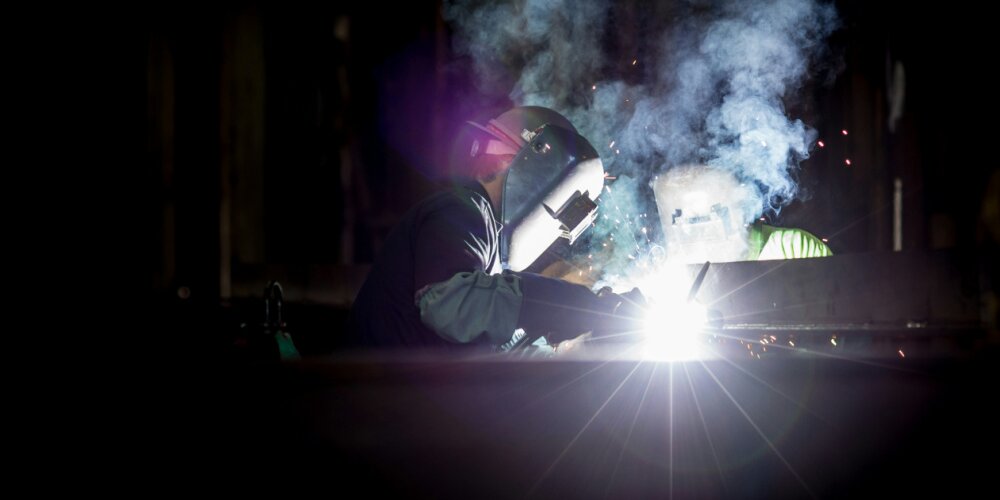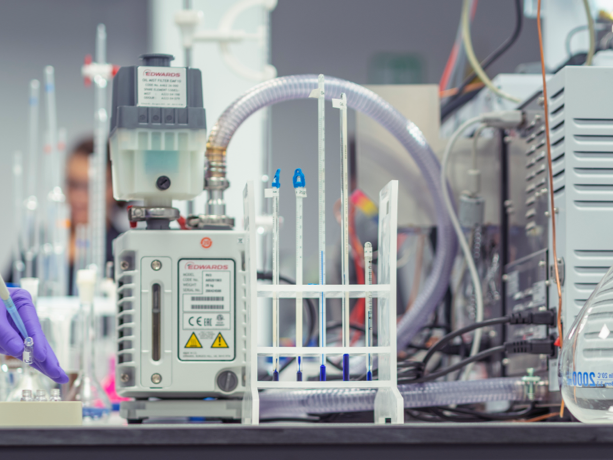Researchers Find New Way to Weld Metal Foam Without Compromising the Material

Research coming out of North Carolina State University, and spearheaded by Afsaneh Rabiei, has found new welding techniques that prove promising in the pursuit of welding composite metal foam (CMF) panels without compromising the qualities that make CMF so valuable.
Composite metal foam is made of small, hollow metal spheres, which are encased in a wider metallic matrix of the same, or different, material. CMF is a valuable material because it retains the incredible strength of metal at a fraction of the weight – the hollow pockets mean that CMF is approximately 70% air, which makes it drastically lighter than a solid metal block. It’s also more porous, and has been found to have remarkable heat insulative properties.
Understandably, these properties make composite metal foam a valuable resource. However, large-scale use would require CMF blocks to be attached – and therein lies the rub.
Traditional fusion welding methods require the application of extreme heat (and/or pressure) to join two metals together. This could either be through fusing the base metals, or using a filler metal to create a pool of additional material to be used in the weld joint.
However, this method is not suitable for composite metal foam. The high levels of heat melt the CMF and remove the properties for which it is so valued.
In the trials by Rabiei and colleagues, they found that induction welding was able to join CMF together without compromising the state of the material. Induction welding generates heat via an electromagnetic field, which spreads through CMF. This was found to work with the porous nature of the material, as heat focussed solely on the area of the join, without spreading into the rest of the metal.
This study is vital for the future usability of CMF within a variety of applications, as there will be more scope to use this material on a larger scale.
Materials testing excellence
At The Lab, we have access to industry-leading materials analytical equipment to help us uncover the data you need as a business.
From scanning electron microscopy (SEM), to differential scanning calorimetry (DSC), the team at The Lab are trained across multiple disciplines to ensure you get the best information and material testing services.
Consult industry experts at The Lab today
For more valuable insights, news, and information, discover The Lab’s News and Knowledge Hub…
Hydrogen Fuel Cells: Are They the Future of Transport? | Google’s DeepMind AI Tool Makes Material Science Breakthrough | New Treatment Could See Steel Alloys Become Both Stronger and More Flexible
- Author
- Dr Holly Edwards
- Date
- 07/02/2024
